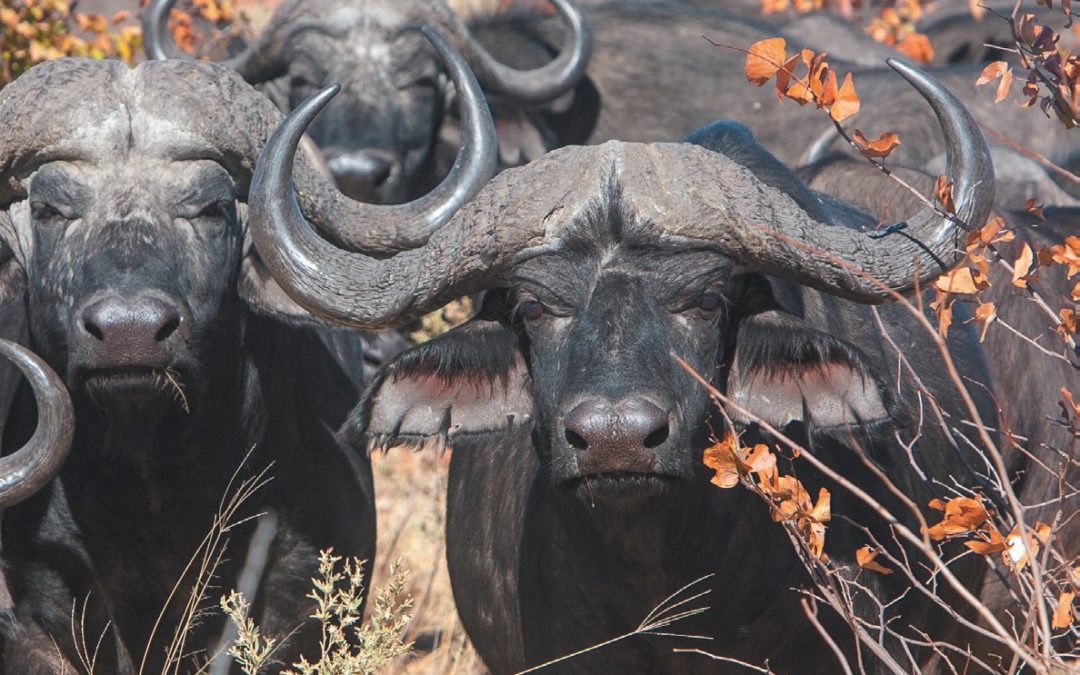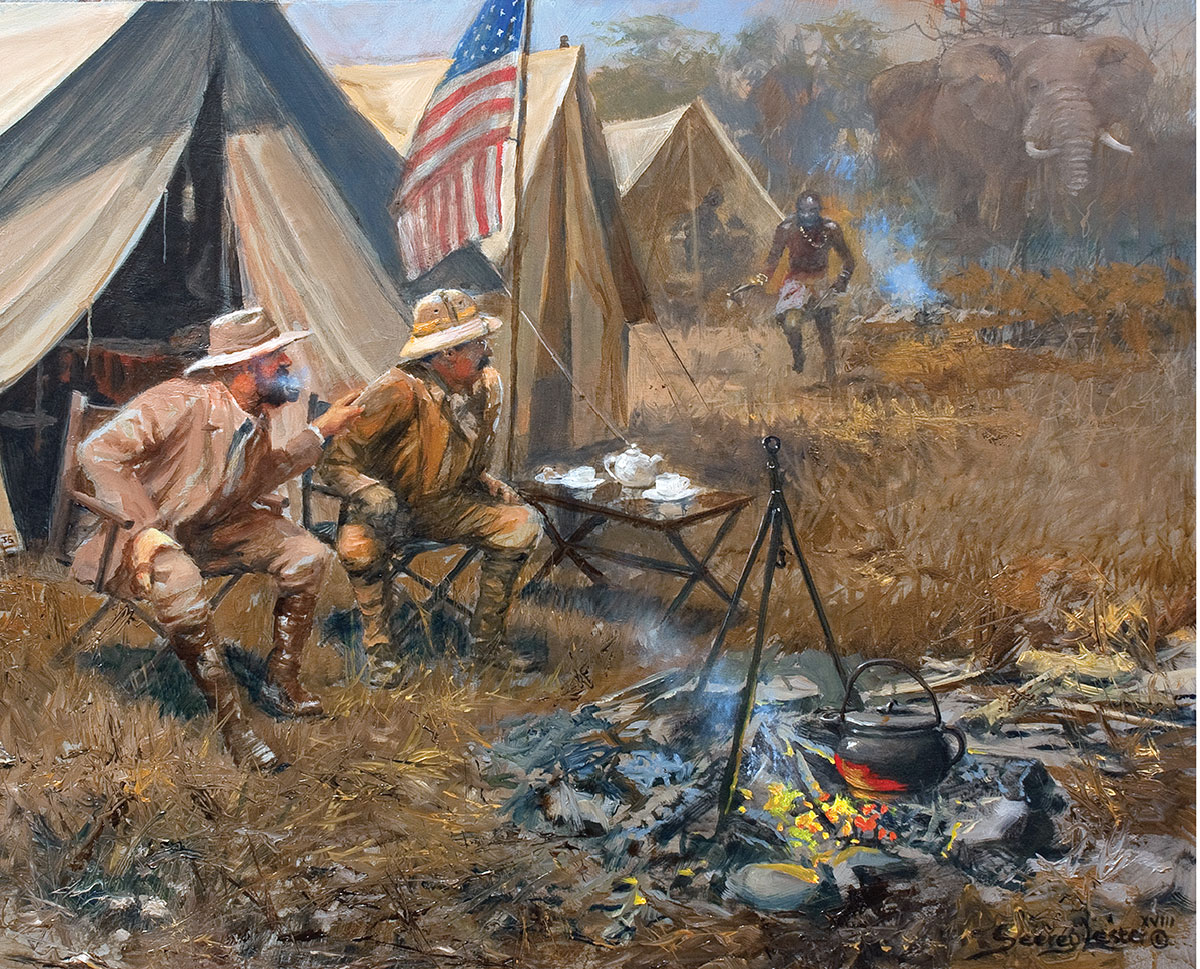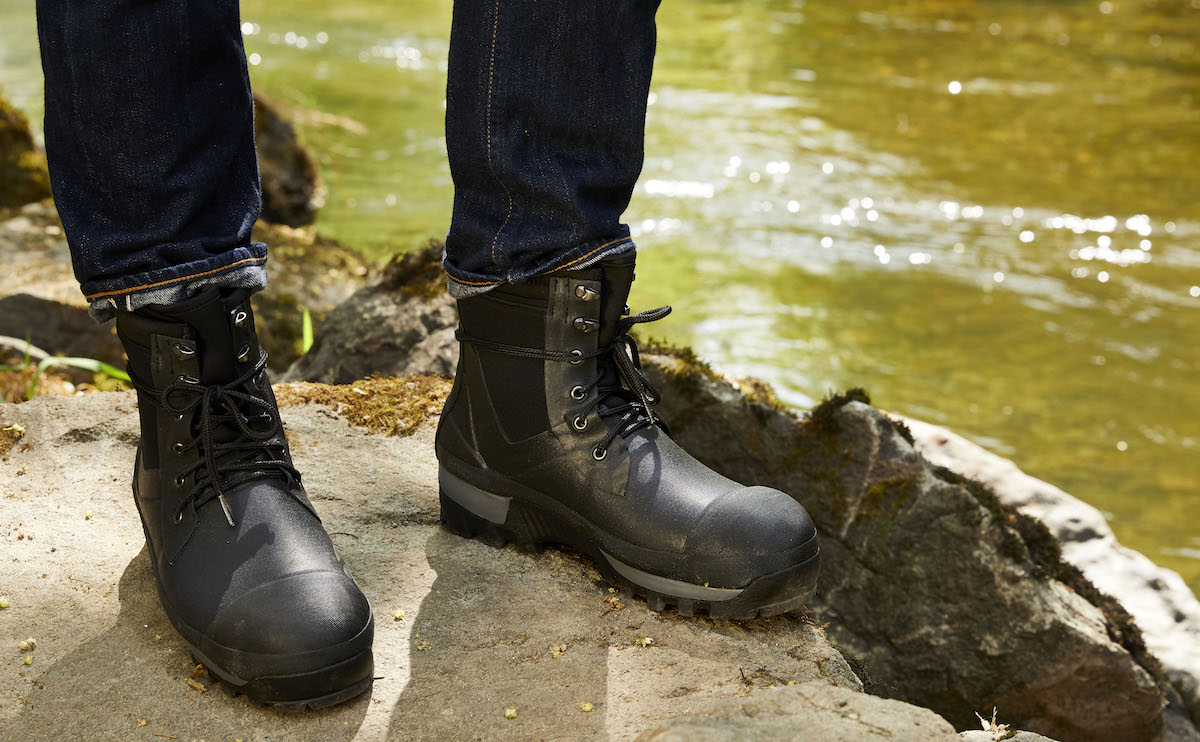The mosaic of rolling woodlands mixed with open plains, marshes and switchback rivers make ideal habitat for Cape buffalo in the northwest corner of Zambia—including the “Beast of Nchila,” a rogue bull that had killed four of its own.
Stalking a massive bull in a large herd—often slipping to mere feet from the mega bovines—is among the most electrifying moments in all dangerous game hunting. Unlike many deadly animals, Cape buffalo do not mock charge, so the common refrain, “aim small, miss small” becomes the mantra of the hunter. That, and the fact that the only life insurance worth a damn out here is your ability to place a bullet in a buffalo’s boiler room at close range. If there is one animal that will make you pay for a poor first shot, it’s the Cape buffalo. As my friend the late Robert F. Jones once wrote, “Buffalo are as mean as a half-ton hemorrhoid.”
[metaslider id=”36294″]
I was hunting a bull that Professional Hunter Pete Fisher wanted taken out of the herd because it had killed other buffalo and routinely chased trackers and local natives. It was only a matter of time before something worse happened. In taking this buffalo, communities throughout Fisher’s concessions benefitted from both the meat and the revenue generated by hunting. Wildlife that pays, stays, as the adage goes. Fisher is helping to pioneer a model that is a new way forward for both the people and wildlife of Africa, a concept that deserves to be adopted throughout the continent.
This Zambian buffalo hunt is featured on Sporting Classics TV with Chris Dorsey on Outdoor Channel. For the latest updates about the series, sign up for free to receive SportingClassicsDaily.com. You can also follow the series on Instagram at sportingclassicstv.




